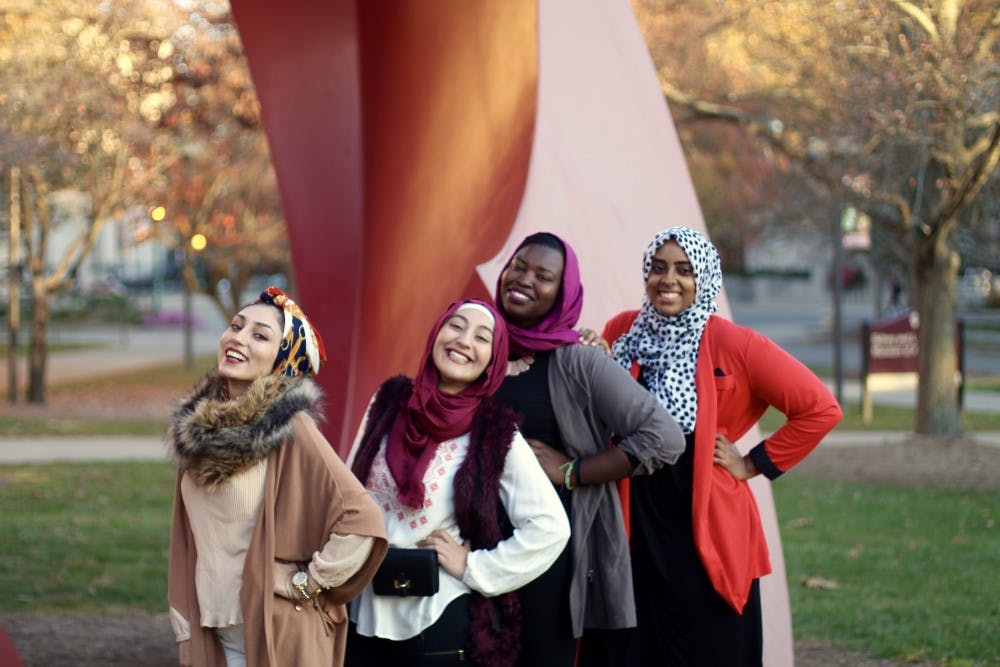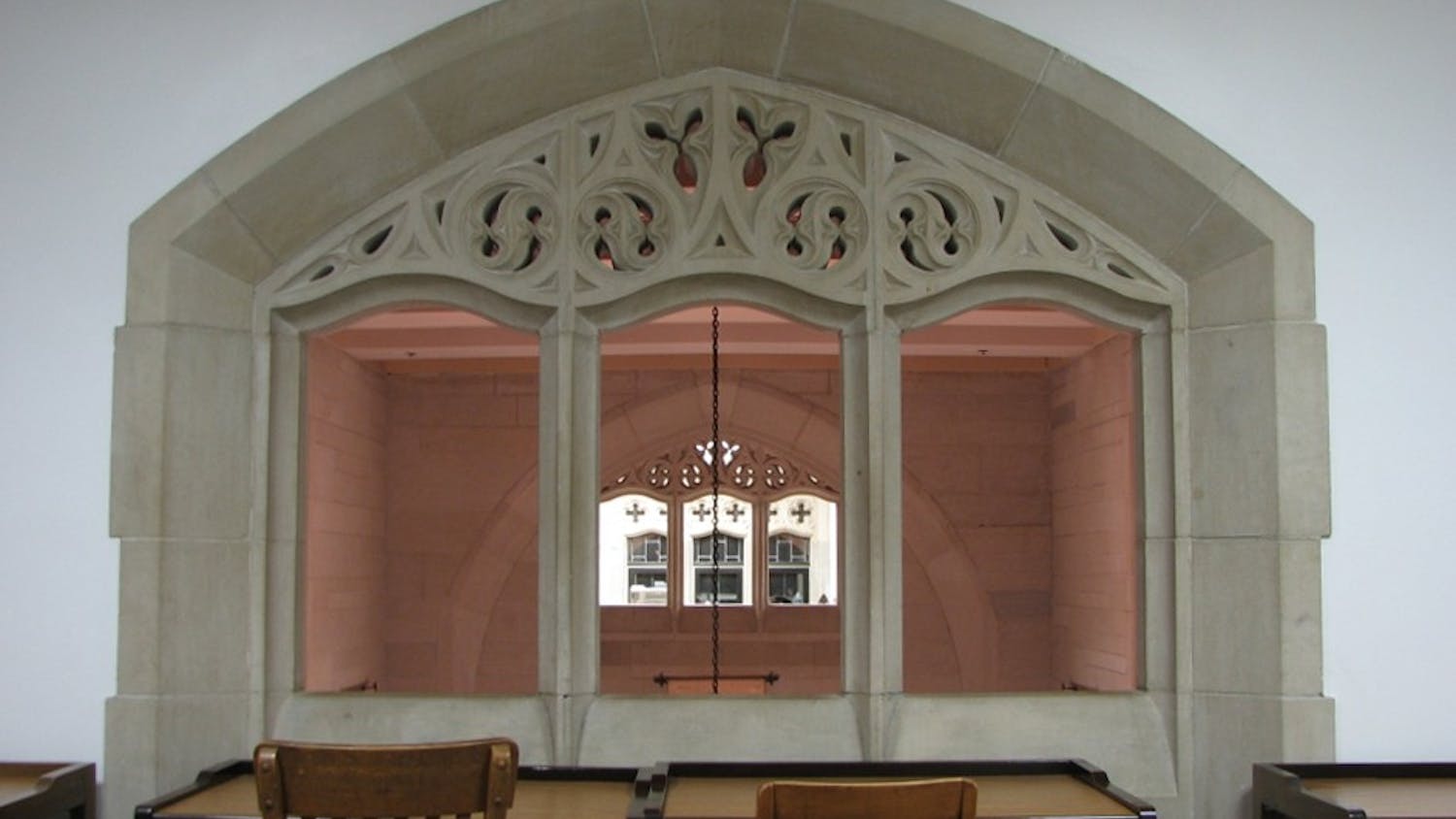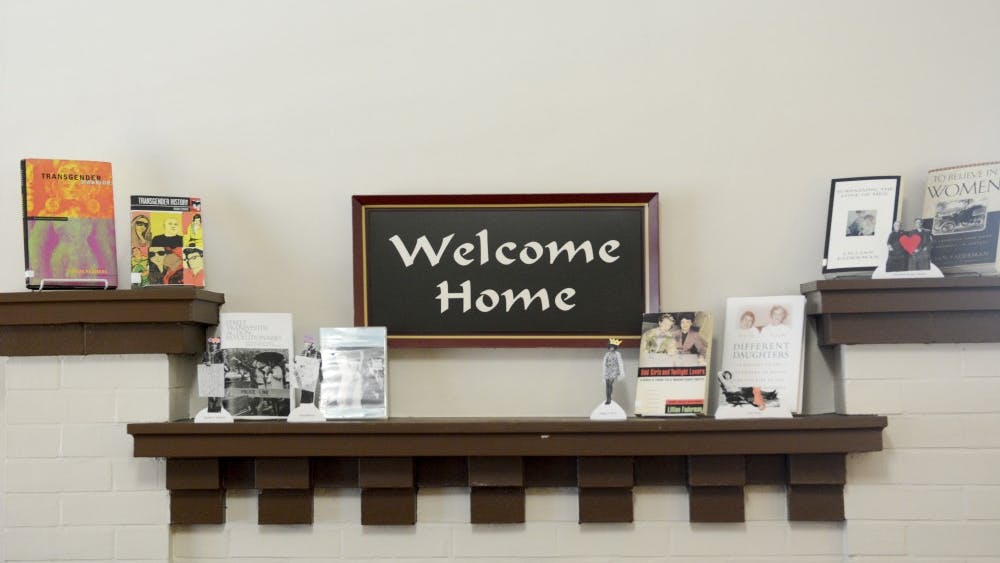“When I wear the hijab it empowers me as a woman and I know that’s contrary to what a lot of people think about the hijab. They think that it oppresses you but I think that it is empowering because I don’t feel the need to show my body in order to be heard,” Sarah Kawamleh said.
Sarah started wearing the hijab at the age of 12. Sarah is Syrian American and a freshmen studying Law and Public Policy. She was born in New Orleans. Growing up in a Muslim household, her faith has been a key part of her identity. As a young girl, Sarah knew the importance of wearing the hijab and now as a young woman she finds it empowering.
“It helps me gain my confidence in any situation,” she said. “There is so much going on right now with the media, Islamophobia and everything. It is overwhelming. I am not going to hide the fact but I think now more than ever we need to show who true Muslims are. It is almost an obligation on my part that I didn’t necessarily think was going to be the case,” she said.
With the raise of Islamophobia Sarah understands the fear her fellow Muslims have and some may want to shy away from wearing the hijab for their safety. Like many Muslims millennials, Sarah is going through experiences that past generations did not have to deal with in this magnitude. There is a pressure to always put their best self forward and always stay positive.
***
This is the same pressure sophomore Yassmin Fashir faces although she sees this pressure as a responsibility. When a young woman decides to wear a hijab it is a visual representation of her religion. Her religious identity is shown in a physical form. Whereas for many their religious identity is not shown unless they make it known.
“It’s no longer an invisible identity. It becomes visible. That comes with a whole new set of discrimination and prejudice that you have to evade and live life through,” she said. “Sometimes it makes you stronger and other times it gets very tiring.”
Yassmin actively speaks out against discrimination and her life experiences taught her why it is importance to speak out. Yassmin was born in Darfur, Sudan but has lived in Indiana for most of her life. Her family is originally from Sudan and moved to the United States in 1998 because of the political conflict. They gained refugee status and relocated to Indiana. Living life as a young black Muslim woman, Yassmin has experienced discrimination and understands the importance of speaking out. She believes the best way to fight discrimination is staying true to one’s morals and virtue. She does this by wearing her hijab.
“It’s very different for every Muslim woman and it is also very different culturally,” she said. “For me, it is a symbol of modesty. It is very feminist because you are not going to judge me based on how I look...I am more than that.”
Yassmin explains Muslims are very diverse and not everyone that practices Islam is from the Middle East. There are Muslims all over the world with different cultures. This difference in cultures can be seen in how Muslim women style their hijab.
***
When it comes to styling her hijab, Cigdem Meral considers her culture and personal taste. Cigdem is a graduate student from Istanbul, Turkey. She starting wearing the hijab when she was 19. She made the decision to start wearing the hijab with her best friend and she believes that made the experience more enjoyable. Outside of her studies Cigdem is a designer. Back in Turkey, she designed and created a lot of her own clothes. She loves finding ways to incorporate her hijab into her daily style.
“If I do not feel comfortable in a piece of clothing I will not wear that,” she said. “Sometimes I am using different kinds of hijab styles and I may get criticism for it.”
Cigdem mostly wears her hijab in a turban style. Some people in the Muslim community prefer the traditional styles of wearing the hijab, which drapes down. There are many opinions in how Muslim women should wear their hijabs. Some believe as long as a Muslim woman is covering her hair and staying true to her faith, that is what is important. The mixture of culture and religion causes a lot of differences in opinions.
***
“I think at that age, it was more of a culture thing. Yeah, I knew I’m Muslim. I knew it was a Muslim practice but it was also because I’m in an environment where it’s expected of me,” Sabren Abdulwahab said. “As I got older, like I have never taking off the hijab since but I have kinda just learned what it meant. To wear the hijab and not know the meaning of the hijab is extremely problematic. My dad always said, ‘If you wear hijab you need to know why. You need to know for yourself because people are going to ask you and want to know your opinion.’”
Sabren is a sophomore. She is Ethiopian American and was born in SeaTac, Washington. She moved to Indiana at the age of seven. She started wearing the hijab a few years after. Sabren wanted to wear the hijab when she started her new school. She grew up admiring her mother and older sister. When it was time for her to also wear a hijab, it was nothing new to her and she looked forward to it.
“For me wearing the hijab is me taking control of my own body. I think I am privatizing what I have and who can see that and it makes me know who I am on the inside. I don’t feel the pressure to have to conform,” Sabren said. “A lot of the time in our society a woman’s worth is equated with what she shows or what her beauty is and I feel like when I wear my hijab I am getting rid of those factors.”
***
Sarah, Yassmin, Cigdem and Sabren wear their hijabs as a symbol of the pride and comfort they have in their religion. They have fun with their hijabs and incorporate into their personal style. It is a part of their overall identity. A part of their identity they wear everyday.






